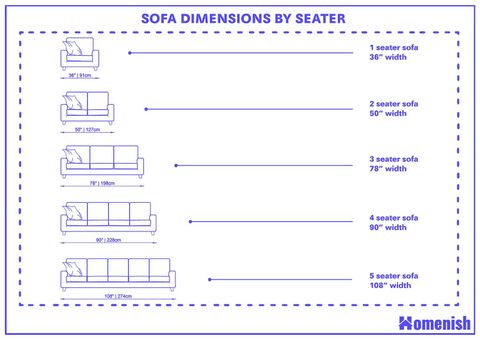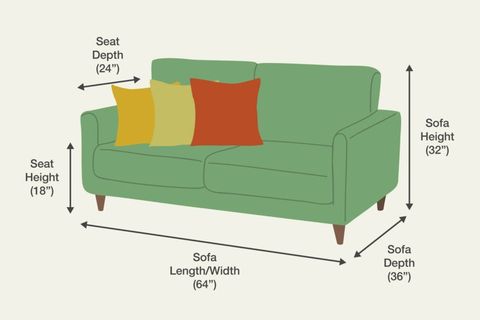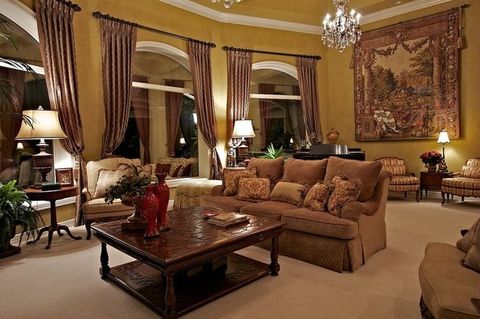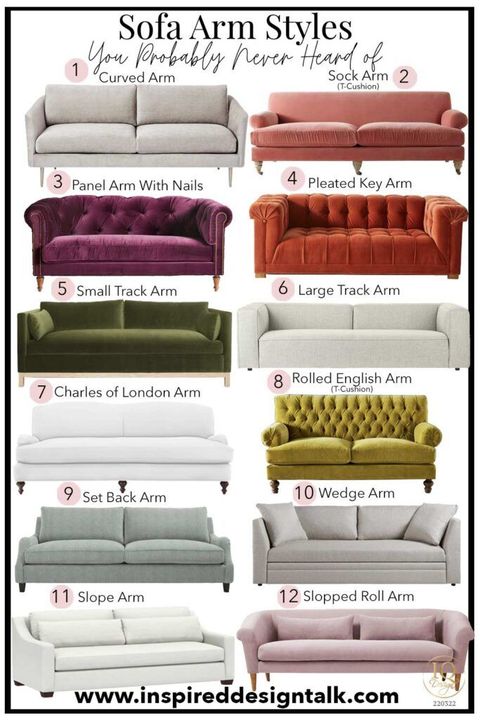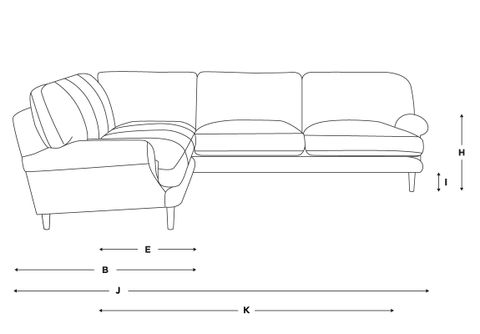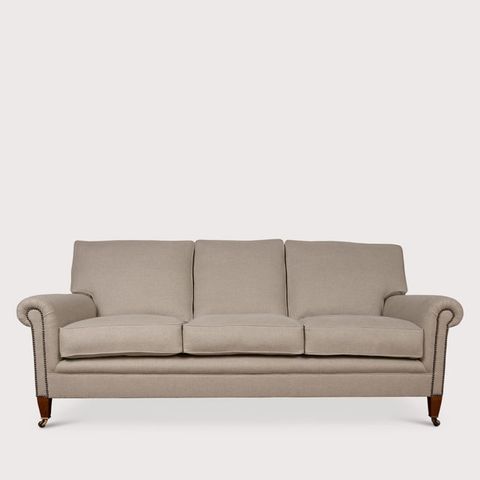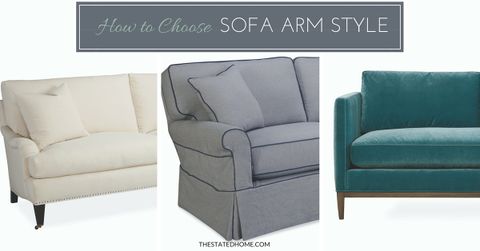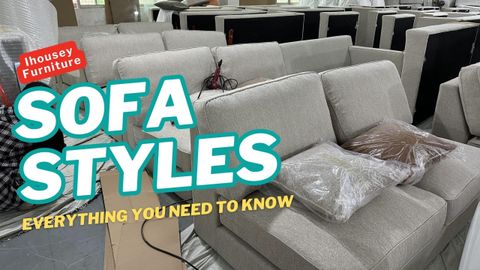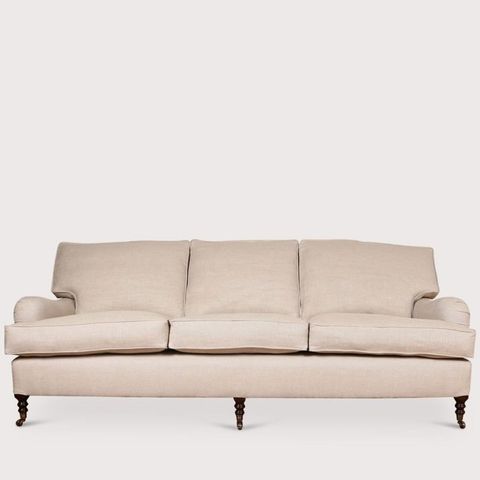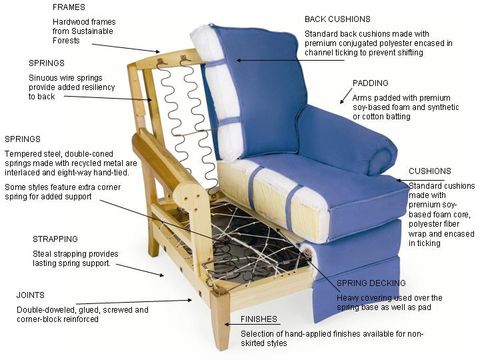Finding the right sofa can feel like a quest, can’t it? It’s more than just furniture; it’s the centerpiece of your living room, the spot where you unwind after a long day, entertain friends, and maybe even sneak in a nap. But with so many options out there, how do you even begin to choose. Let’s simplify this. We’ll walk through the key components that make a sofa – its arms, cushions, back, and base – so you can make an informed decision and bring home a piece you’ll adore for years to come.
Ever stared at a sofa and wondered what makes one feel just right, while another falls flat. It often comes down to the details, the fundamental parts that contribute to both its look and its feel. We’re talking about the arms, the cushions, the back, and the base. These elements aren’t just random features; they’re carefully designed to offer support, comfort, and aesthetic appeal. Understanding their roles is like having a secret decoder ring for sofa shopping. Ready to unlock the mystery. Let’s get started by exploring each part.
The Arms: More Than Just a Place to Rest Your Elbows
Sofa arms, or armrests, are surprisingly crucial. They define the sofa’s silhouette and play a big role in its comfort and style. Think about how you use your sofa. Do you like to curl up with a book, prop yourself up to watch TV, or maybe even use it as a makeshift table. Different arm styles cater to different needs and aesthetics.
- Rolled Arms: These are the classic, often plush, rounded arms you see on more traditional sofas. They’re great for leaning against and add a touch of elegance. They can sometimes take up a bit more space, though.
- Track Arms: Characterized by their straight, clean lines, track arms are a hallmark of modern and contemporary designs. They’re sleek and space-saving, making them a good choice for smaller rooms or for those who prefer a minimalist look. You might find them a bit less comfy for lounging in certain positions, but they offer a firm surface.
- Caber Arms: These are similar to track arms but are usually a bit wider and more substantial, offering a bit more of a modern, yet still substantial, feel. They’re a nice compromise between plush and streamlined.
- English Arms (or Swept Arms): These arms curve gracefully outwards and are often a bit narrower at the front. They offer a sophisticated, often transitional style that bridges traditional and modern.
- Armless: Some sofas, particularly sectionals or loveseats, come without arms. This can maximize seating space and create a more open, airy feel. Great for creating custom configurations.
When choosing, consider the overall style of your room and how you envision yourself interacting with the sofa. A plush rolled arm offers a different kind of comfort than a firm, sleek track arm.
Cushions: The Heart of Comfort
Ah, the cushions. This is where the magic of comfort truly happens. The type of filling and construction of your cushions will dramatically impact how the sofa feels, how it holds its shape, and how much maintenance it requires. Let’s break down the common cushion fillings:
- Foam: This is a very popular choice. High-density foam offers good support and will spring back into shape well. Lower-density foam might feel softer initially but can compress over time. Foam is generally low-maintenance and holds its form well, giving a cleaner, more structured look to the sofa.
- Fiberfill (Polyester Fiber): These cushions are typically softer and more forgiving. They offer a sink-in feel, which many people love. However, fiberfill can compress and may require regular plumping and reshaping to maintain their fullness and prevent sagging. They’re usually less expensive than foam.
- Down and Feather: For the ultimate in plush luxury, down and feather cushions are the way to go. They offer an incredibly soft, sink-into feel. The catch. They require the most maintenance. Expect to fluff and reshape these cushions daily to keep them looking their best and feeling evenly supportive. They can also be more costly and may not be ideal for those with allergies.
- Foam Core with Down/Feather Wrap: This is a fantastic hybrid option that gives you the best of both worlds. You get the supportive structure of a foam core, combined with the luxurious softness of a down and feather wrap. It offers a great balance of comfort and resilience.
Beyond the filling, consider cushion construction. Are they reversible. Do they have removable covers for easier cleaning. These are practical considerations that can make a big difference in your day-to-day life with the sofa.
The Back: Support and Style Combined
The back of the sofa is primarily about support and comfort, but it also significantly influences the sofa’s overall aesthetic. Think about how much back support you need and prefer.
- Tight Back: In a tight back sofa, the upholstery is pulled taut directly over the frame with no loose cushions. This gives the sofa a very clean, tailored, and often more formal look. It offers firm support and requires very little maintenance, as there are no cushions to plump. This style is common in mid-century modern and contemporary designs.
- Loose Back Cushions: This is what most people picture when they think of a sofa. These are the plush, often overstuffed cushions that rest against the sofa frame. They offer a softer, more relaxed feel and can be rearranged or even flipped. They do require regular fluffing and arranging to keep them looking neat and feeling supportive. This style is prevalent in more traditional and transitional designs.
- Attached Back Cushions: These are cushions that are permanently affixed to the sofa frame, but they aren’t pulled taut like a tight back. They offer a bit more softness than a tight back but are more structured than loose cushions and don’t require as much fussing. They provide a good balance of comfort and ease of care.
Your personal preference for how you like to sit – whether you prefer to be cradled or need firm support – will guide you toward the right back style. Also, consider the visual impact. A tight back can make a room feel more streamlined, while loose cushions can add a sense of cozy abundance.
The Base: The Unsung Hero of Stability
The base of the sofa, often overlooked, is the foundation that supports everything else. It’s responsible for the sofa’s stability, durability, and how it sits in your room. The most crucial element of the base is the material and construction of the frame, as this is what determines the sofa’s longevity.
- Frame Material: Look for sofas with frames made from kiln-dried hardwood, like oak, maple, or ash. These woods are strong, stable, and less prone to warping or cracking than softer woods or composite materials. Avoid frames made entirely of particleboard, plastic, or softwoods, as they are less durable and can break down over time.
- Joinery: How the frame pieces are put together is vital. Look for frames that are corner-blocked and glued, as well as screwed or doweled. This ensures a strong, stable frame that won’t wobble. Staples might be used, but they should be in conjunction with other, more robust joinery methods.
- Legs: The legs are part of the base and contribute to the sofa’s style and functionality. They can be made of wood or metal and can be finished in various ways. Some legs are attached directly to the frame, while others are screwed into a corner block. Ensure the legs are sturdy and securely attached. The height and style of the legs also affect the sofa’s visual weight and how easy it is to clean underneath.
- Suspension System: This refers to how the seat cushions are supported. The most common and durable systems are eight-way hand-tied springs (the gold standard for quality and comfort, though expensive and less common now) and sinuous springs (S-shaped springs that run front to back, offering good support and durability). Cheaper sofas might use webbing, which can sag over time.
Don’t hesitate to ask about the frame construction and suspension system. A well-built base means a sofa that will last and provide consistent comfort for years.
Putting It All Together: Your Personal Sofa Profile
Now that we’ve dissected the anatomy of a sofa, it’s time to think about how these parts come together to create your perfect piece. It’s about matching the features to your lifestyle and your aesthetic preferences. Consider these questions:
- Who will be using the sofa and how. Are you a family with young kids and pets, needing durable, easy-to-clean materials and perhaps firmer cushions. Or are you a single person who enjoys sinking into a plush, luxurious seat for quiet evenings.
- What is the primary purpose of the sofa. Is it for formal entertaining, casual lounging, or a bit of both. This will influence the style of arms, the level of cushion softness, and the formality of the back.
- What is your decorating style. Modern, traditional, bohemian, minimalist. The arms, back, and base all contribute significantly to the sofa’s overall look. A sleek track arm and tight back screams modern, while rolled arms and loose, deep cushions lean traditional.
- What is your budget. High-quality materials and construction, especially in the frame and suspension, will cost more but offer greater longevity. You might need to prioritize which features are most important to you.
Creating a ‘personal sofa profile’ can help you narrow down choices and avoid impulse buys. It’s about being intentional with your selection, ensuring the sofa you bring home truly serves your needs and brings you joy.
Maintenance Matters: Keeping Your Sofa Looking Great
Once you’ve found that perfect sofa, you’ll want to keep it looking and feeling its best. Regular care can significantly extend its life and maintain its comfort and appearance. Here are some general tips:
- Rotate and Flip Cushions: If your sofa has loose cushions, rotate and flip them regularly – ideally weekly or bi-weekly. This helps them wear more evenly and prevents permanent indentations.
- Vacuum Regularly: Use your vacuum cleaner’s upholstery attachment to remove dust, crumbs, and pet hair. This is especially important for fabric sofas and helps prevent premature wear.
- Address Spills Immediately: Blot, don’t rub, spills with a clean, dry cloth. For tougher stains, consult the manufacturer’s cleaning instructions or a professional upholstery cleaner.
- Plump Fiberfill Cushions: If you have fiberfill or down cushions, give them a good fluffing and reshaping regularly to maintain their loft and support.
- Check the Frame: Periodically, give the sofa a gentle rock to ensure the frame is still sturdy and the legs are secure. Tighten any loose screws or bolts if necessary.
- Sunlight and Heat: Try to position your sofa away from direct sunlight, which can fade upholstery over time. Also, avoid placing it too close to heat sources like radiators, which can dry out and damage certain materials.
By taking a little time for upkeep, you ensure your sofa remains a comfortable and stylish haven for years to come.
Choosing a sofa doesn’t have to be an overwhelming task. By understanding the fundamental components – the arms, cushions, back, and base – you gain the knowledge to make a selection that perfectly aligns with your comfort preferences, lifestyle, and aesthetic goals. Think of it as building your ideal seating experience, piece by piece. Whether you lean towards the plush embrace of down-filled cushions and rolled arms, or the clean lines and firm support of a tight back and track arms, there’s a sofa out there waiting for you. Now you’re equipped to shop with confidence and bring home a sofa that’s not just furniture, but a true reflection of your home and your life.

